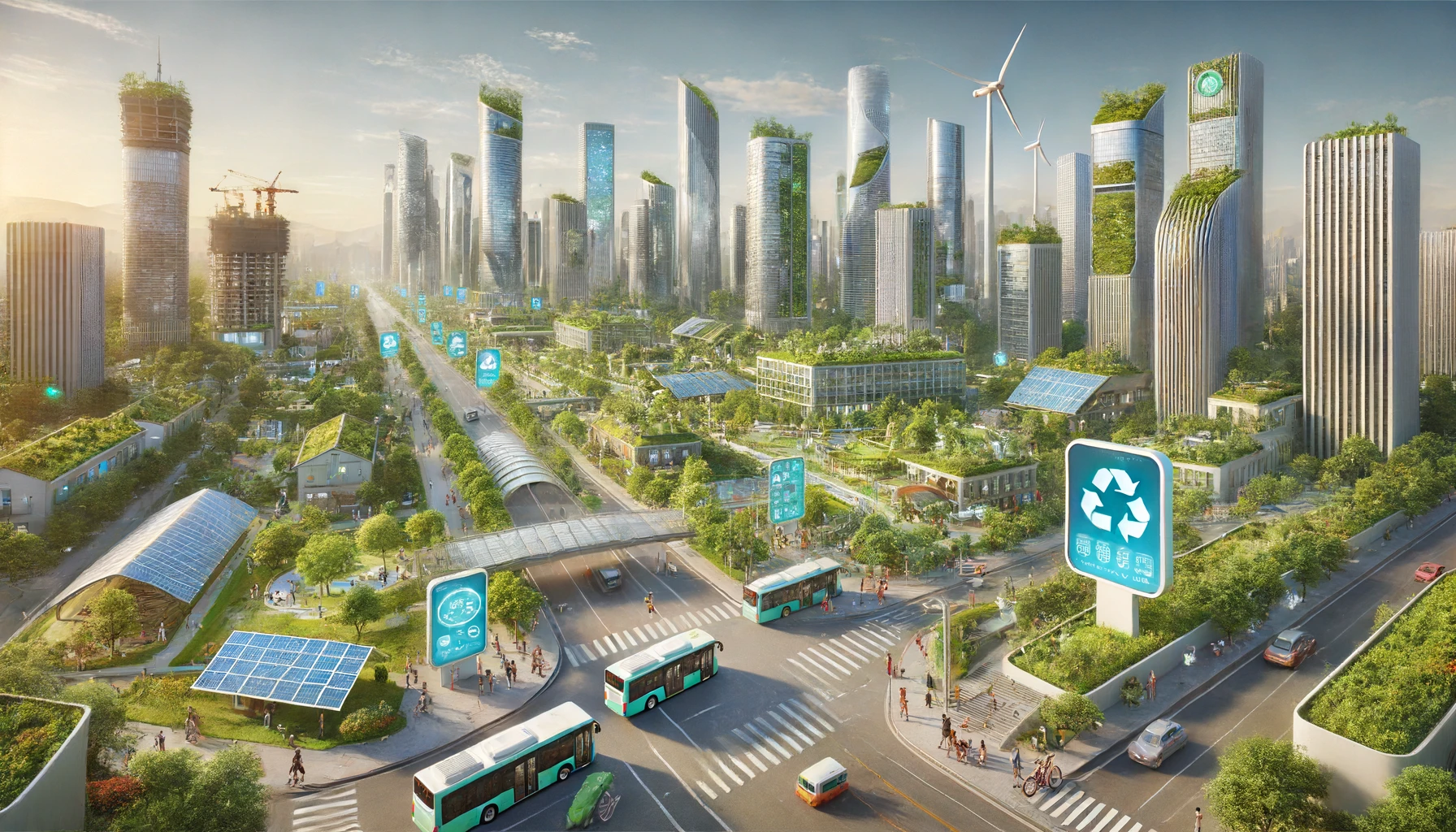How Smart City Construction Effects Environmental Pollution: Study of China's Pilot Policies

A study from the University of Science and Technology of China investigates the effect of smart city construction on environmental pollution in China, using the Smart City Pilot Policy (SCP) as a quasi-natural experiment. By analyzing panel data from 236 prefecture-level cities over the period from 2006 to 2020, the research employs a difference-in-differences (DID) method to assess the impact of the policy. The results indicate that SCP reduces environmental pollution by an average of 2.2 percent, and this finding is consistent across various robustness tests.
Mechanisms of Pollution Reduction
The research delves into the mechanisms through which SCP achieves pollution reduction. It identifies three main pathways: promoting green innovation, optimizing industrial structure, and encouraging public participation. Smart cities facilitate the application of digital technologies, improving information acquisition and knowledge diffusion, which in turn boosts research and development (R&D) activities. This, combined with government financial and policy support, encourages enterprises to invest in green innovations. Furthermore, the smart city infrastructure enhances governmental monitoring of pollutant emissions, leading to stricter regulatory compliance and motivating enterprises to adopt greener practices.
Optimizing industrial structures also plays a significant role in reducing pollution. Digital technologies reduce reliance on high-energy, high-pollution inputs and increase the use of smart factors that enhance operational efficiency and drive industrial upgrades. This transformation encourages industries to adopt greener production methods and reduce emissions. Public participation in environmental protection is another critical factor. Smart city technologies, such as big data, enhance access to environmental information, enabling the public to monitor and engage in environmental governance. This creates a positive feedback loop between the public, government, and enterprises, fostering greater environmental accountability and encouraging enterprises to invest in green initiatives to improve their public image and reduce pollution.
Heterogeneity in Policy Impact
The study also conducts a heterogeneity analysis to examine whether the impact of SCP on pollution varies across cities with different characteristics. The results show that SCP’s pollution reduction effects are more pronounced in cities with higher levels of economic development, administrative hierarchy, human capital, and information infrastructure. Eastern cities, which are more advanced in technological development and infrastructure, exhibit stronger pollution reduction effects compared to central-western cities. Similarly, cities with higher administrative levels can mobilize resources more effectively, enhancing the policy’s impact.
Specific Pollution Reduction Achievements
Further analysis explores the specific aspects of environmental pollution affected by SCP. The results indicate that SCP significantly reduces industrial sulfur dioxide and wastewater emissions but does not significantly affect industrial smoke and dust emissions. This may be due to the dust generated by construction activities associated with smart city projects. The study also investigates the spatial spillover effects of SCP, which refer to the impact of the policy on surrounding areas. The results show that SCP not only reduces pollution in the pilot cities but also has positive spillover effects on neighboring regions. This is attributed to interregional information sharing and technology spillovers, where surrounding cities learn from the pilot cities' experiences and adopt similar practices, further amplifying the policy’s benefits.
Broader Implications and Future Direction
The study finds that SCP effectively reduces environmental pollution through multiple mechanisms, including promoting green innovation, optimizing industrial structure, and encouraging public participation. The impact of SCP varies across cities with different characteristics, with more pronounced effects in cities with higher levels of development, administrative hierarchy, human capital, and information infrastructure. Additionally, SCP has significant spatial spillover effects, benefiting not only the pilot cities but also the surrounding areas. The findings underscore the importance of tailored policy implementation and regional cooperation to maximize the environmental benefits of smart city construction. Future research could focus on the direct impact of SCP on firms, extend the analysis to more granular data, and further explore the boundaries of the policy’s spatial effects.
- FIRST PUBLISHED IN:
- Devdiscourse










